Tag: Columbiad gun
 Wikipedia says: The Columbiad was a large-caliber, smoothbore, muzzle-loading cannon able to fire heavy projectiles at both high and low trajectories. This feature enabled the columbiad to fire solid shot or shell to long ranges, making it an excellent seacoast defense weapon for its day. Invented by Colonel George Bomford, United States Army, in 1811, columbiads were used by the United States coastal artillery from the War of 1812 until the early years of the 20th Century. Very few columbiads were used outside of the U.S. and Confederate Armies; nevertheless, the columbiad is considered by some as the inspiration for the later shell-only cannons developed by Frenchman Henri-Joseph Paixhans some 30 years later.
Wikipedia says: The Columbiad was a large-caliber, smoothbore, muzzle-loading cannon able to fire heavy projectiles at both high and low trajectories. This feature enabled the columbiad to fire solid shot or shell to long ranges, making it an excellent seacoast defense weapon for its day. Invented by Colonel George Bomford, United States Army, in 1811, columbiads were used by the United States coastal artillery from the War of 1812 until the early years of the 20th Century. Very few columbiads were used outside of the U.S. and Confederate Armies; nevertheless, the columbiad is considered by some as the inspiration for the later shell-only cannons developed by Frenchman Henri-Joseph Paixhans some 30 years later.
The first columbiads produced in 1811 had a 7.25-inch (184 mm) diameter bore and fired a fifty-pound projectile. Although some Second System forts were armed with this weapon, the Army did not widely adopt early columbiads due to initial high costs of manufacture. Only after 1844 did an eight-inch (203 mm) model and a ten-inch (254 mm) model see mass production. The eight-inch (203 mm) columbiad could project a 65-pound shell 4,400 yards (4,000 m) or 4,800 yards (4,400 m) for solid shot; the weapon weighed 9,240 pounds (4,190 kg). The ten-inch (254 mm) columbiad weighed 15,400 pounds (7,000 kg) and hefted a 128-pound shell to 4,800 yards (4,400 m) or solid shot to 5,600 yards (5,100 m). These cast iron weapons were typically mounted on seacoast carriages designed to recoil up a slightly inclined set of “rails” or wooden beams. The mounted columbiad could pivot left or right on a traversing rail. In most cases the arc of pivot was less than 180 degrees, but some batteries allowed 360-degree traverse.
Just prior to the American Civil War, Ordnance Corps officer Thomas Jackson Rodman developed an improved version of the columbiad, which became known by his name. Specifically the Rodman gun was designed to reduce cracking and other weaknesses found in such large iron castings. The process involved ensured the iron cooled evenly from the inside out, and resulted in what we might call today a “soda bottle” shaped casting with smooth, tapered exterior. The “Rodman” process also allowed the manufacture of much larger bore columbiads.
Between 1858 and the end of the Civil War, Northern foundries produced eight-inch (203 mm), ten-inch (254 mm), fifteen-inch (381 mm) and twenty-inch Rodman style columbiads. The smaller bore columbiads shared similar range factors to the older weapons, but the fifteen-inch (381 mm) models weighed over 25 tons and could fire 400-pound projectiles out to 5,000 yards (4,600 m). The monster twenty-inch model weighed over 60 tons but could range to over 5 miles (8.0 km). Very few of the largest types were built, and none were fired in anger during the war.
The Confederate States also used columbiads extensively, mostly stocks captured from Federal arsenals at the time of secession. These acquitted themselves well against early ironclad warships. In addition, the Confederates produced limited quantities of eight-inch (203 mm) and ten-inch (254 mm) columbiads without the Rodman process; these could not withstand sustained use. The Confederates also rifled some columbiads in an effort to improve weapon performance.
After the Civil War, many columbiads remained in place at seacoast fortifications around the U.S. In the late 1870s several were rifled and tested for use against modern steel clad ships, with poor results. Strapped for funding, the post-war army continued to carry smooth-bore columbiads on inventory lists until after the Spanish–American War, when modern breech-loading rifled cannon replaced them.
Showing 1–16 of 112 resultsSorted by latest
-
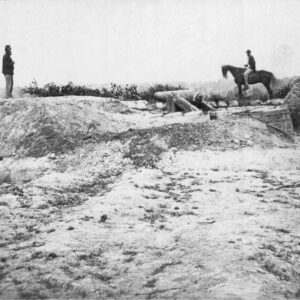
Image ID: AYUR
$0.99 -
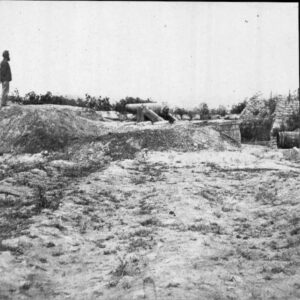
Image ID: AYUW
$0.99 This product has multiple variants. The options may be chosen on the product page -
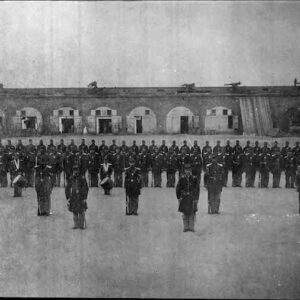
Image ID: AYVD
$0.99 -
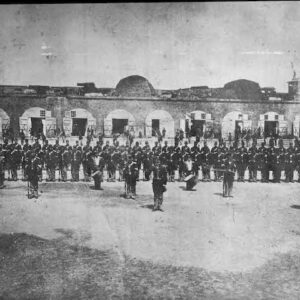
Image ID: AYVE
$0.99 -
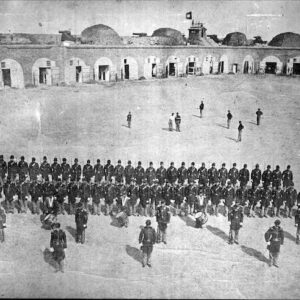
Image ID: AYVG
$0.99 -

Image ID: AYVW
$1.99 -

Image ID: AYPR
$0.99 -

Image ID: AXZW
$0.99 -
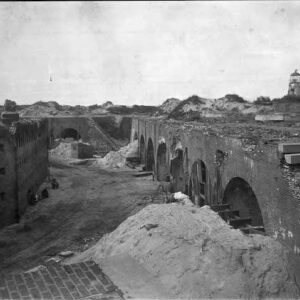
Image ID: AXZX
$0.99 -

Image ID: ASKD
$5.99 -
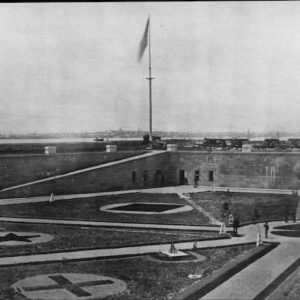
Image ID: ANLB
$0.99 -

Image ID: AYQA
-

Image ID: ASES
$5.99 -
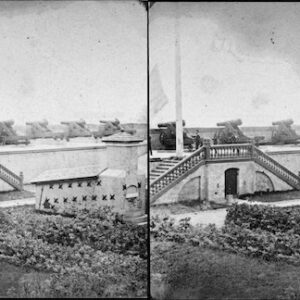
Image ID: ASFX
$5.99 -

Image ID: ASHB
$5.99 -

Image ID: ASET
$5.99